Search for topics or resources
Enter your search below and hit enter or click the search icon.
January 18th, 2023
3 min read

Creating an accessible kitchen to accommodate for physical limitations presents unique challenges. These challenges, however, are easily solvable by using technology and viewing things from a new perspective.
The Americans with Disabilities Act (ADA) sets guidelines for both commercial and private residential spaces. These Standards for Accessible Design accommodate the needs of people with physical disabilities so they can participate in life as fully, equally, and independently as possible.
As a home remodeler with 15+ years of experience remodeling spaces for people with physical limitations, we know how to improve the quality of life with well-designed spaces.
In this article, you will learn the top 10 ADA-compliant kitchen accessories that will improve independence and make kitchen tasks easier:
(The information in this article was updated on December 27th, 2024.)
Rather than reaching into your pantry or lower cabinets for items, bringing them toward you is ideal.
Pantries and cabinets with a slide-out/pull-out function will make stored items much more accessible.
A pull-out pantry, such as the one represented below, has rules for ADA compliance. The height of the countertop can not exceed 34” from the floor, and a 9”x 9” toe kick is required to accommodate a wheelchair.
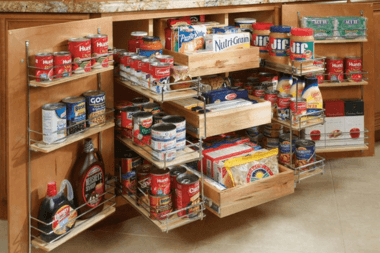
Microwaves are typically placed above the stovetop or on the countertop as a separate appliance. For better accessibility, build the microwave into the lower cabinets during your kitchen renovation.
With a pull-out opening that loads from the top or sides, using the microwave will be much easier.
This microwave is well within ADA compliance for reach and operating guidelines.
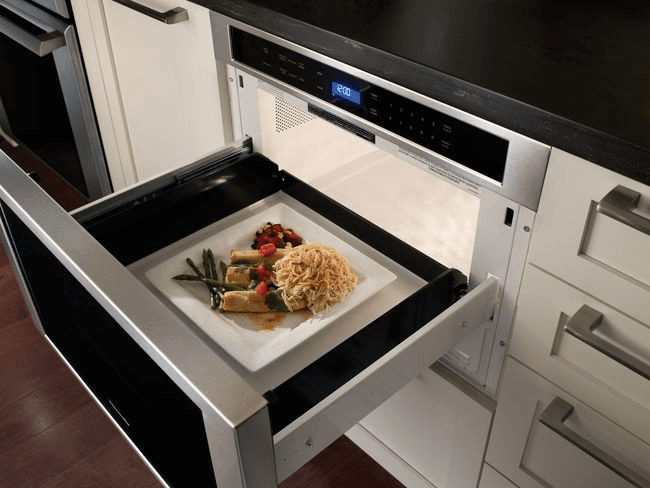
Using your kitchen sink shouldn’t be a struggle. With a shallow sink, you don’t need to lean to remove plates, cups, and utensils from the bottom. This will prevent frustration and physical pain over time.
ADA guidelines for residential kitchen sinks provide clear size requirements to ensure your kitchen sink will accommodate a wheelchair.
For people with physical limitations or those who require the use of a wheelchair, lower cabinets with a drawer-style opening are better than a swinging door.
The pulling mechanism is easier to work and removes the need to reach for items at the back of the cabinet.
While faucets with a single arm are ADA-compliant, a touchless faucet is even easier to use.
Those few extra inches that you don’t have to reach for will make a difference, especially if you’re using your faucet every day.
To improve your experience, consider adding a moveable faucet head to better manipulate water flow and reduce the need to reach out.
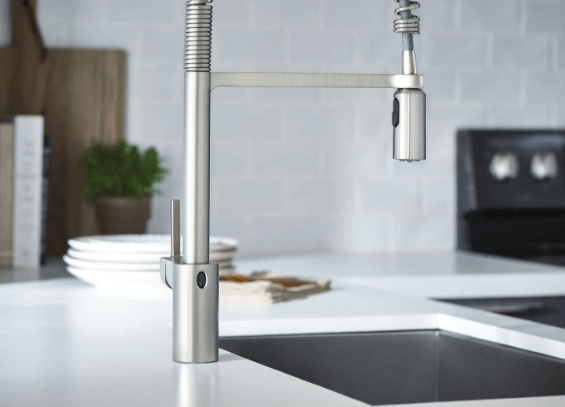
Compared to a conventional gas or electric stove that is hot to the touch, induction only heats certain types of metal. This is a tremendous safety accessory for anyone. If your skin accidentally touches the stovetop while it’s on, it will not burn you.
Metals compatible with induction stoves include:
Metals NOT compatible with induction stoves include:
To further enhance your safety, consider getting a stove/oven that will automatically shut off after it’s been left on for a certain amount of time.
This will reduce your overall energy consumption as well as make your kitchen safer.
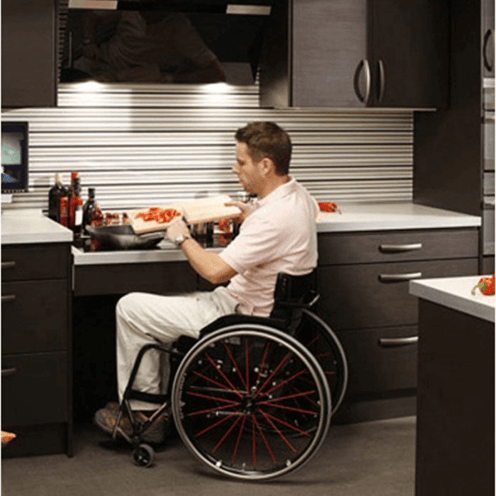
Adding lights under your upper kitchen cabinets is a great ADA kitchen accessory because it will allow you to see better while you’re working: cutting vegetables, reading recipes, or performing other cooking tasks.
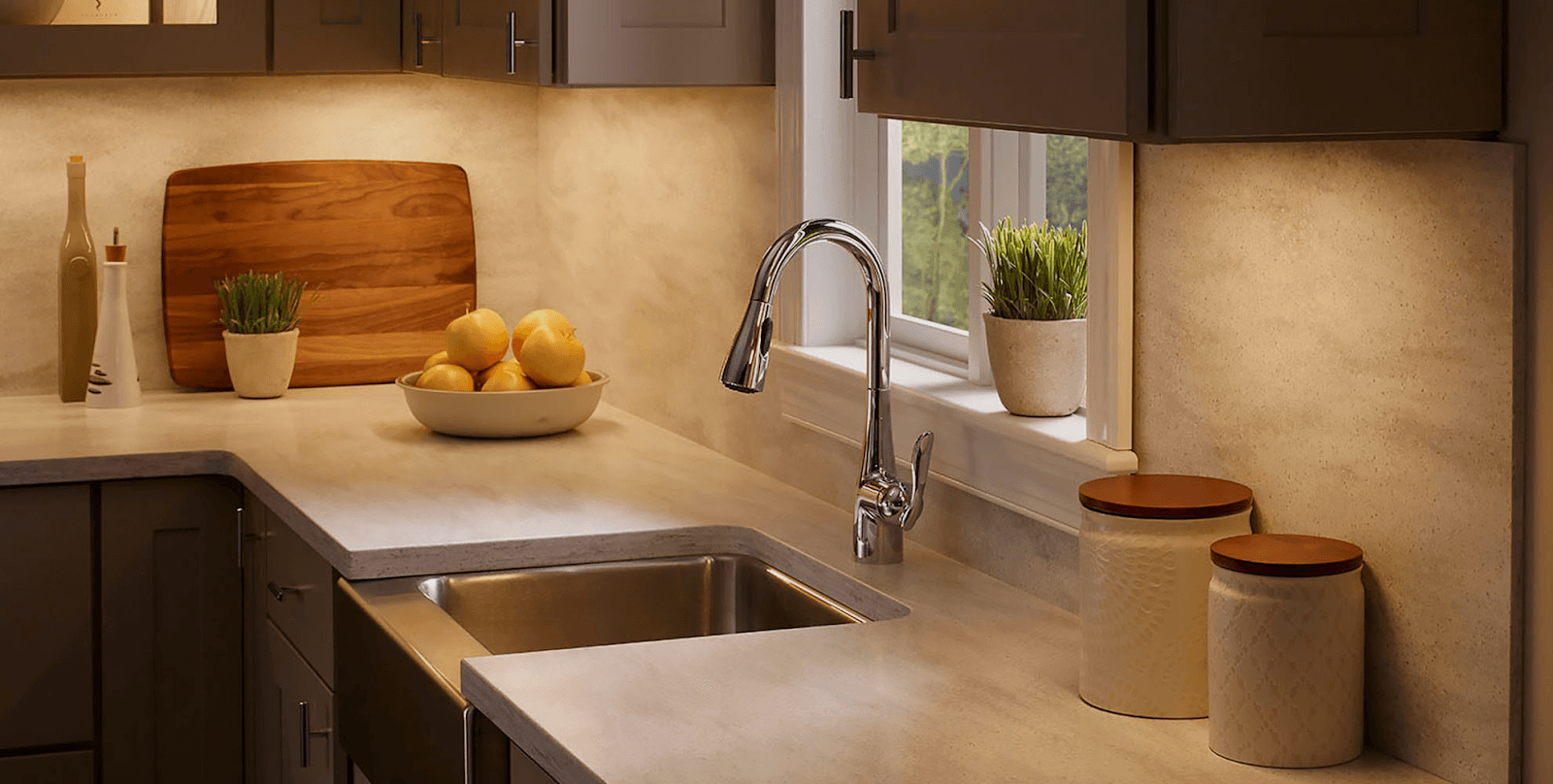
Upper cabinets with glass fronts will allow you to see what is inside before taking the time and effort to get the item you want.
Upper cabinets are available as well with a pull-down function so you can retrieve items from a sitting position.
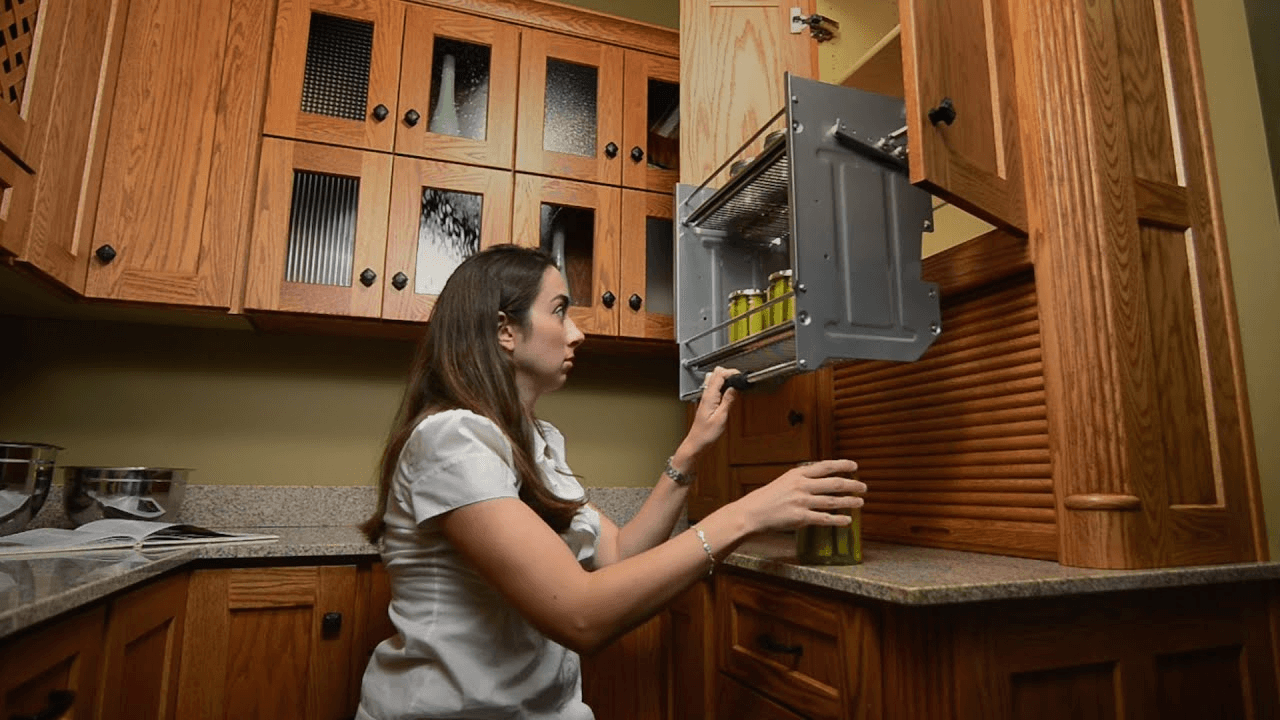
For people with physical limitations, turning on a light switch in the pitch dark can be a dangerous task. Motion-activated lights reduce that risk and improve day-to-day functionality.
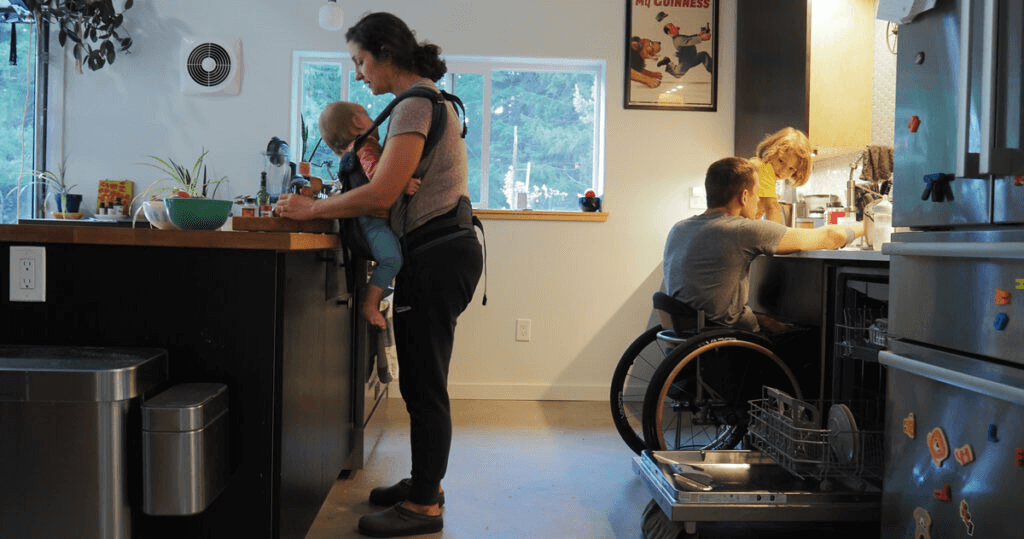
Using your kitchen every day shouldn’t be a struggle. A kitchen that incorporates the top 10 ADA-compliant accessories described in this article will improve your ability to participate in life as fully, equally, and independently as possible.
Redesigning homes to improve your quality of life is our goal. We understand the importance of having your personal space formatted specifically to meet your needs.
Now that you know more about the best kitchen remodeling tips for ADA-living, let's discover the costs, timeline, and remodeling partner selection process involved for the next steps to your project:
How Much Does a Kitchen Remodel Cost? - This article explores how much your kitchen remodeling project will cost and the factors that affect the price range.
How Long Does It Take To Remodel A Kitchen? - A thorough overview of the timeline you should expect for your kitchen remodel from the design to build stage.
How To Choose The Right Kitchen Remodeling Contractor - Take advantage of our top strategies for choosing a kitchen remodeling contractor who will exceed your design and build expectations.
Isabelle has worked at Custom Built for over 7 years, learning the systems from all sides. She has become an industry advisor in the customer relations software HubSpot, has a keen talent for elements of design, and currently leads the marketing team under the innovative TAYA system.
Topics: